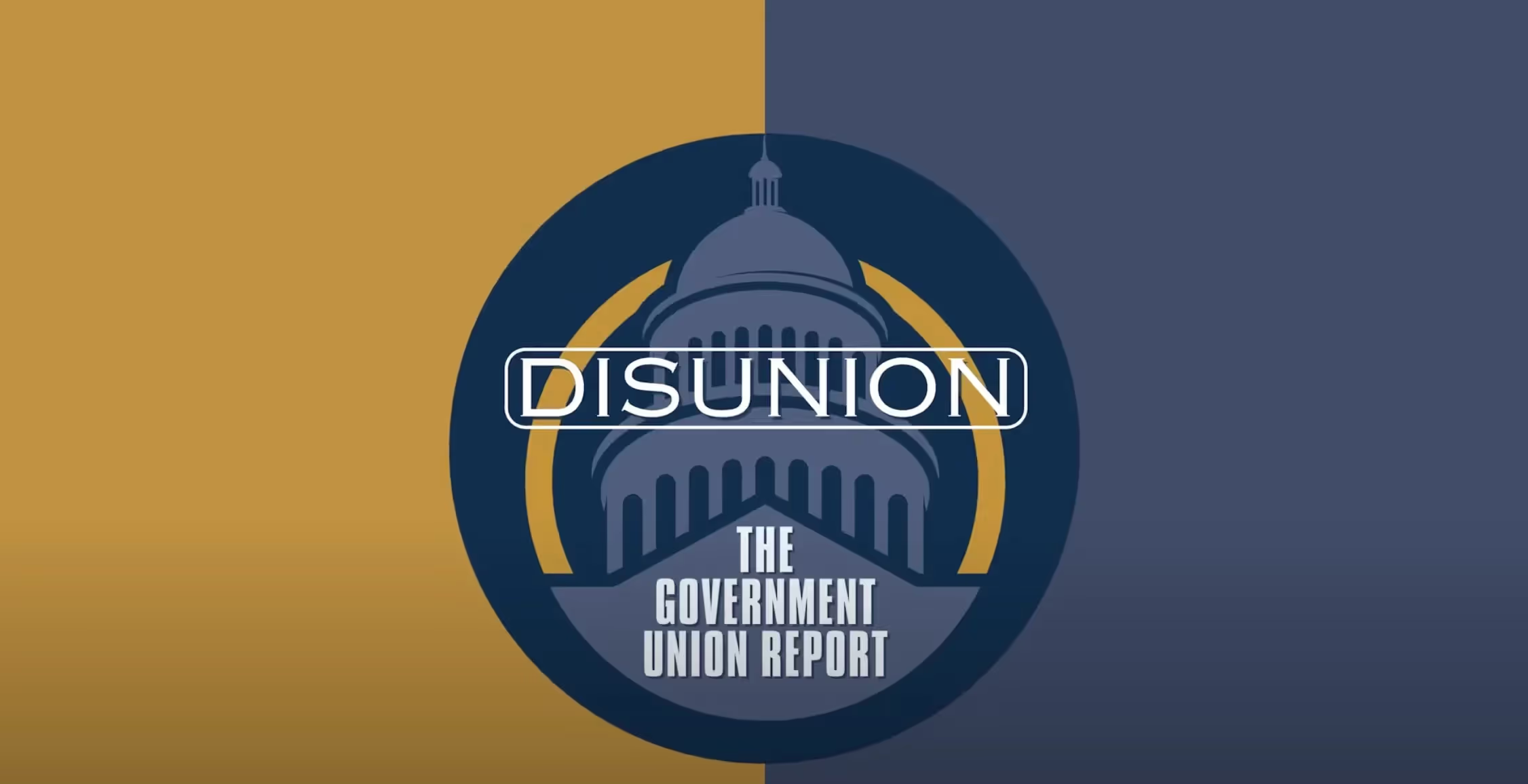
Will Beachfront Homes Be Condemned Into the Sea?
The public trust doctrine will not let environmental groups force beachfront owners to suffer rising waters to take their houses out to sea.
There is no firmer distinction in either practice or law than the one between land and water. Nonetheless, between these two opposites stands the beach, which, when left to its own devices, moves up and back, driven by a full panoply of natural and human forces that are hard to detect and even harder to control. There are today multiple sources that have led to sea rise, and a recent story by Cornelia Dean in The New York Times carries the ominous headline: “An Ancient Law Could Shape the Modern Future of America’s Beaches. Here’s How.” The immovable force in this case is the problem of rising water levels. Ms. Dean attributes this to climate change, but for this article’s purposes, all that matters is that beaches have, over time immemorial, moved both up and down. As a result, the dominant rule of private ownership is that the owner of the dry land above the beach benefits as the waters recede and suffers the loss of land as the waters rise to cover some or all of a private lot. The recent case law reaffirms what she hopes to disavow, namely that the older rule is that the state can strip the beachfront owner’s property only if it pays full and just compensation for his loss.
In a state of nature, these changes are unremarkable, but beachfront property is often valuable, and rising seas can wipe out fancy homes unless someone intervenes to build a sound seawall that halts the erosion and allows the beachfront homes to survive. So in one sense, the choice is stark: either the beach or the houses must go. Environmentalists favor letting these pricy houses sink into the sea. The owners do not. So how do we decide? At this point, Dean claims that a great deal turns on the Roman law doctrine of the public trust that she describes as follows:
At issue is a legal concept from the sixth century A.D., when Emperor Justinian ordered the codification of Roman laws. The resulting code declared that features of nature like the air, running water, the sea and “the shores of the sea” must be held in trust for the use of the public.
At this point, Dean must brush up on her Roman law, a topic on which I have worked as both a scholar and a teacher since I first studied Roman law with the late professor Alan Watson as an American law student at Oriel College, Oxford, in 1964. In particular, she makes several errors of consequence with respect to the public trust doctrine. The first is that Justinian did not order the codification of Roman law, but a compilation of Roman law texts drawn from the great scholars of classical Roman law who lived and wrote more than 300 years earlier. That compilation was accompanied by a small but highly influential shorter volume, Justinian’s Institutes, that did not speak of the public trust but of common property open to all. The key passage reads:
1. By the law of nature these things are common to mankind—the air, running water, the sea, and consequently the shores of the sea. No one, therefore, is forbidden to approach the seashore, provided that he respects habitationes, monuments, and buildings which are not, like the sea, subject only to the law of nations.
2. All rivers and ports are public; hence the right of fishing in a port, or in rivers, is common to all men.
3. The seashore extends as far as the greatest winter flood runs up.
The first thing to note about this passage is that it does not refer to any “public trust” doctrine, and for good reason. These rules developed about property rights in the state of nature in which there are no civil institutions at all, and hence no government in position to act as a public trustee for the common property. So, the signal achievement of the Roman law is that it held that the model of private property, which is appropriate for land, chattels, and animals, does not set the initial position of property rights in water. Thus, if the usual Roman law rule of “occupation”—which is not Locke’s labor theory of value—lets the party who first possesses the property become its sole user, that approach is utterly ruinous with respect to water, for putting a river into a barrel means that no one could make use of a river or a lake as a body of water. Hence, water law always stresses the importance of correlative rights and duties, and reasonable accommodations so that a single acquisitive act cannot neutralize transportation, fishing, bathing, and recreation. The creation of commons is an important first step in that arrangement by allowing everyone to enter and use the common space, a point Dean misses.
Yet that solution is only an improvement over a system of no rights, not an ideal ending point, because two major problems remain. First, some of the water could be diverted from the river for private uses without impairing the value of the river qua river. So in some systems, all riparians have limited rights to withdraw water in amounts that improve the overall value of the river. It is also the case that rivers that are used but not managed can fall into decay, that fishing can turn into overfishing, and that navigation without rules of the road could become a tangled web. So the public trust doctrine was created, whereby the state could manage that property just as if it were a private trustee with parallel duties of loyalty and care. The duty of loyalty prevents the state from selling the property for a song to a friend, and the duty of care requires the state to manage the river to prevent silting over or massive erosion. The same rules also apply to lakes.
The tricky question is how this principle applies when, as the article states, someone decides to “armor” the beach to halt the rising sea. The position taken by Dean was that the inexorable choice is whether to allow the private or public use to prevail. But there is a third alternative. The state can take the private lands against the will of the owner so long as it pays full and just compensation to the owner for the loss of his property. And here, note that nothing about the common articulation of the public trust doctrine lets the beach be allowed to move upland, no matter how adverse the consequences to adjacent landowners. Indeed, in many circumstances, the shoe is proverbially on the other foot.
The most famous recent U.S. Supreme Court case on this topic is Stop the Beach Renourishment v. Florida Department of Environmental Protection (2010), where the shoe was decidedly on the other foot. In that instance, the state EPA wanted to erect a long protective wall along the beach to prevent further erosion of the houses located behind it. It took the standard view that the dividing line between the public and private property was the mean high tide line. So Florida planned to build at the level for beach protection when some land owners insisted that they were entitled to just compensation because the creation of the public wall would impair their undoubted right of access to the beach and further impair views over the public space. The question before the Court was whether those folks should be able to block the wall or receive compensation for their losses, if any, from its completion. The late Justice Antonin Scalia further confused the water law when he uncritically accepted an earlier Florida decision, Martin v. Busch (1927), as the proper starting point. Martin wrongly held that the state could deny anyone access to a lake or river by draining it. Such an effort would surely compromise Justinian’s basic norm that anyone could approach the seashore, even if no one had outright ownership of all the water.
If one starts with this view, then the loss of access does create a prima facie duty of compensation. But, as I have long argued, the next step is to ask whether Florida has provided sufficient compensation for the loss to offset the danger. In Stop the Beach, it is not decisive that there was no compensation provided in cash because the state did overcome a collective action problem that the beachfront owners could not overcome acting individually for themselves. Waterfront lots are usually narrow and deep because access is so key to their value. Hence, for a single owner to build a retaining wall around his own property is to fail in stopping further erosion, as the water laps up around the wall. But if all the landowners are drafted into a common project, that risk may well be obviated by an extended wall that benefits each owner, who in turn is taxed to fund its construction. So the ultimate question is whether the package that these owners receive—the wall and the protection of view of the water and access to the beach—is worth the cost. And here, it most probably was.
Intellectually, judges and lawyers must wean themselves from asking only whether there is or is not a taking, as Dean portrayed the issue. Given the history, the landowners in this case can armor their property because the public trust doctrine has never been held to prevent beachfront owners from protecting themselves from the tides any more than it prevents them from protecting their homes from lightning. So here the public always has the right to initiate its anti-armoring program, but only if it is prepared to compensate the owners of nonpublic trust property for their losses. The guess here is that their neighbors will not spring for the deal.
Richard A. Epstein is a senior research fellow at the Civitas Institute. He is also the inaugural Laurence A. Tisch Professor of Law at NYU School of Law, where he serves as a Director of the Classical Liberal Institute, which he helped found in 2013. Epstein is also the James Parker Hall Distinguished Service Professor of Law Emeritus and a senior lecturer at the University of Chicago.
Economic Dynamism

The Causal Effect of News on Inflation Expectations
This paper studies the response of household inflation expectations to television news coverage of inflation.
.avif)
The Rise of Inflation Targeting
This paper discusses the interactions between politics and economic ideas leading to the adoption of inflation targeting in the United States.

The Revenge of the Supply-Siders
Trump would do well to heed his supply-side advisers again and avoid the populist Keynesian shortcuts of stimulus checks or easy money.

U.S. Can’t Cave to Europe’s Anti-Growth Agenda
One does not have to support protectionist tariffs or protracted trade wars to see why Washington needs to continue using trade to pressure Eurocrats to give up micromanaging tech platforms and supply chains around the world.
.avif)



.jpg)




.jpg)







